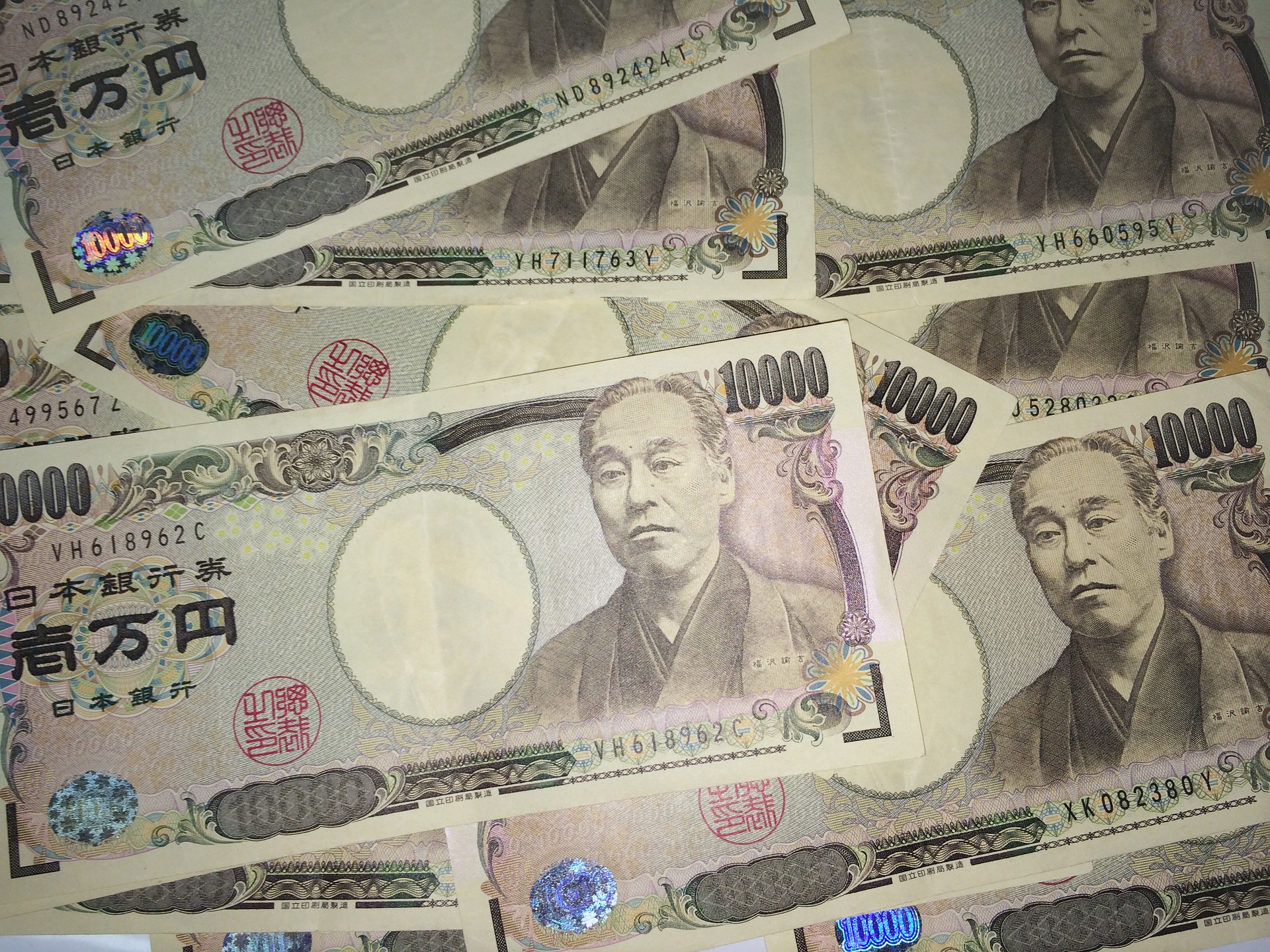La Française AM: The BoJ sticks to its ultra-dovish monetary policy

By Audrey Bismuth, Global Macro Researcher, La Française AM
As widely expected, the Bank of Japan (BoJ) maintained its ultra-loose monetary policy stance at the September 21-22 meeting despite Japan's inflation above the 2% target and the hawkish stance of other major central banks. Core inflation (excluding food) in Japan climbed to 2.8% in August due primarily to the supply shock as opposed to domestic demand.
Economists and the central bank expect that inflation will stay under upward pressure through 2022, reaching 3% by the end of this year, but that it should remain moderate next year. The BoJ currently forecasts inflation to fall below 2% next year.
The BoJ ‘s decision came just after the Federal Reserve System (Fed) hiked rates for a third time by 75 basis points (bps). The Bank of Japan continues to maintain its forward guidance, short-term rates target at -0.1% and yield curve control (YCC) policy which caps 10-year Japanese government bond yields at around 0%. In the past week, the BoJ has spent around 2.9 trillion yen ($20 billion) to defend its 0.25% cap.
Since the beginning of the year, the greenback has appreciated 16% against major developed currencies while the Japanese currency has dropped about 26% year-to-date against the U.S. dollar which hit a 24-year high of 145.82 yen this month.
Various factors have caused the yen to go into a free fall including the widening rate differential between the Fed’s aggressive interest rate hikes and the Bank of Japan's resolve to keep accommodative monetary policy. The current account balance is another factor. It totaled 229 billion yen ($1.6 billion) in July, down from a surplus of 1 715 billion yen ($15,6 billion) a year earlier, driven by the rise in import costs.
Moreover, the U.S. dollar is widely considered a safe haven in a context of economic and geopolitical uncertainty.
Consequently, the weakening yen is becoming a focus for Japanese officials. A currency intervention can only be decided by the Ministry of Finance (MoF) and carried out by the Bank of Japan. Several times in 1991-1992 and in 1997-1998, the MoF has intervened on the currency market to defend the Japanese currency versus the U.S. dollar.
Since the beginning of September, Japanese authorities have become increasingly vocal to protect their currency. Officials from the Ministry of Finance have warned that Japan is ready to take action to halt the yen’s depreciation. The Bank of Japan reportedly conducted a foreign exchange check, a move seen as a precursor to a formal intervention to protect the yen.
On September 22, just after the end of Governor Haruhiko Kuroda’s press conference, against all odds, the Japanese government announced that it had taken decisive action, supported by the U.S. administration, to counter speculators. The Japanese currency strengthened to 142.48 from 145.83 against the U.S. currency just after Kuroda’s briefing ended.
Nevertheless, yen-buying intervention could give way to temporary market reaction. History shows that yen-buying intervention does not halt yen depreciation. In August 1998, the Japanese currency reached nearly 148 per dollar even after U.S. authorities joined the BoJ to buy yen.
Also, in a context of economic, monetary and geopolitical uncertainty, the greenback dominates. Yen-buying intervention coupled with a normalization of the BoJ’s monetary policy could stop yen depreciation against the dollar. However, at the September 21-22 meeting, Governor Kuroda indicated that the central bank has “no need to change guidance for 2 or 3 years”.
Consequently, the likelihood that Governor Kuroda changes significantly the BoJ’s monetary policy during his tenure which will end in April 2023 is low. Wage growth with this winter’s bonuses and next spring’s annual wage negotiation will be key for a stable and sustainable rise in inflation and by consequence, a normalization of monetary policy.
At least initially, we expect the BoJ to tweak its yield curve control (YCC) from the 10-year yield to the 5-year yield in the first semester of 2023, before returning to conventional monetary policy (i.e., dropping its forward guidance and lifting its negative interest rate policy).
The Fed’s dovish pivot is key to prevent further yen depreciation, but it seems highly premature at this stage. In addition, a major step will be for Prime Minister Kishida to show that his policy priority has diverged from late Prime Minister Shinzo Abe’s legacy and economic policies (Abenomics). Yesterday’s yen-buying intervention could be a first sign.
By the end of the year, we expect the yen to depreciate further against the U.S. dollar as the Fed maintains its highly hawkish stance and the BoJ keeps unchanged its soft monetary policy. Moreover, keeping the yen weak is positive for the economy since it boosts exports. Over a longer horizon (end of 2023), we believe that the yen will appreciate thanks to a less hawkish Fed and BoJ monetary policy normalization.





